Natto is a popular Japanese snack that is eaten at all times of the day and is made from fermented soybeans. Although its smell can be offputting to some, for the Japanese, it’s a favorite food and many people enjoy the flavor of the treat.
In this article we will be talking you through everything you need to know about the popular Japanese food natto, telling you how to properly consume the food as well as the health benefits and history of the snack.
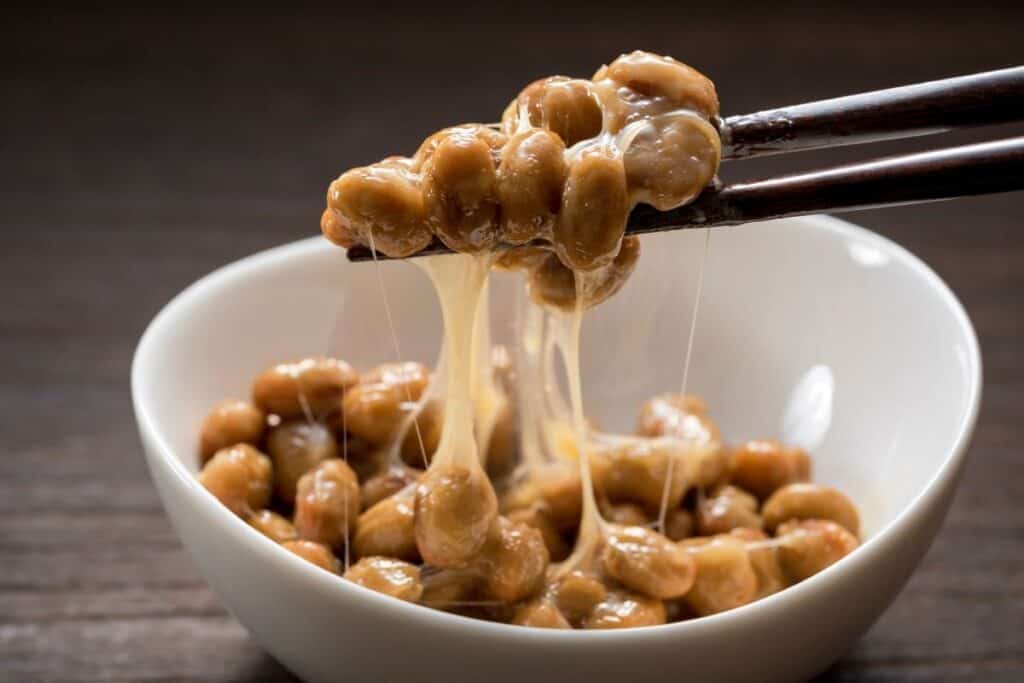
What is natto?
Natto is a food that consists of fermented soybeans. The soybeans turn brown in color and give off a pungent smell after the fermentation period, making them quite a sight if you are unfamiliar with the food.
Natto is made by fermenting the soybeans using a bacteria called Bacillus subtilis. The soybeans are then left alone for a week to ferment. The process of fermenting the beans turns the carbohydrates into alcohol (or acid).
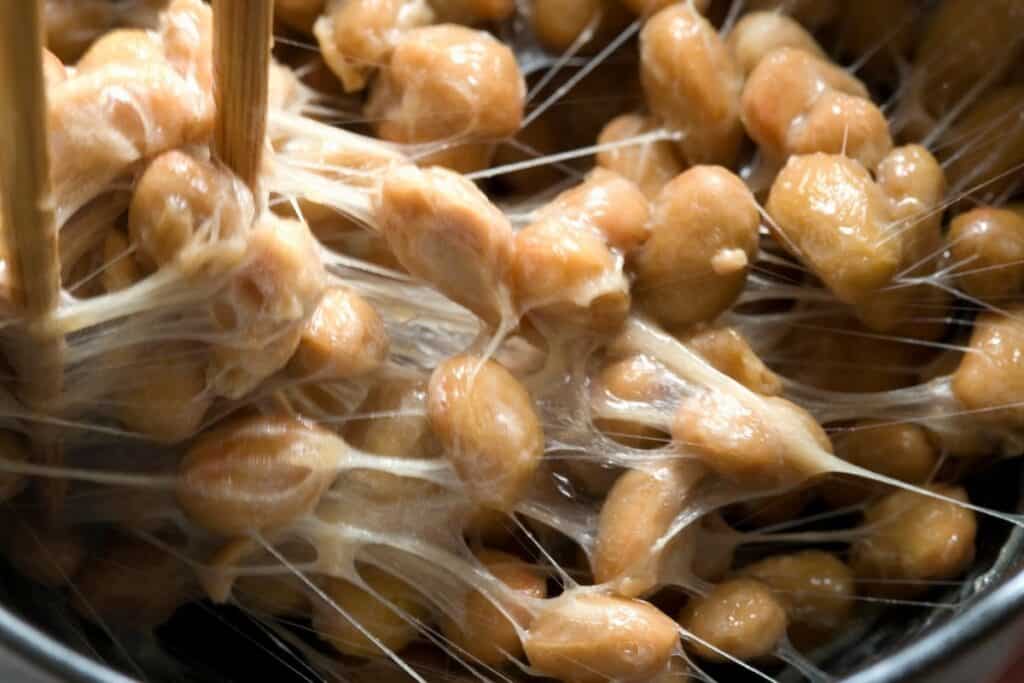
Although the process is typically done using this bacteria, you can also use yeast as a substitute.
When it comes to natto there are two different types: one made using large beans and one made using small beans. The difference is that the large beans are generally much less sticky than the small beans and this makes them a better option for novices.
There is even a food called “hikiwari” which consists of crushed soybeans that are slightly crushed before they are fermented to become natto.
By squashing the soybeans you are creating a greater surface area and hence the bacteria will turn these into the strongest smelling and most favored version of natto.
How to eat natto
When purchasing natto you can normally find them in a pre-sealed package. In order to eat natto, you will firstly need to open the sealed box. In Japan, there is normally an indication on the package of where to open it.
You will then need to remove the film covering the natto. Doing this will release all of the smell so be prepared. Remove the film carefully as due to the sticky nature of natto you will most likely find it stuck to its surface.
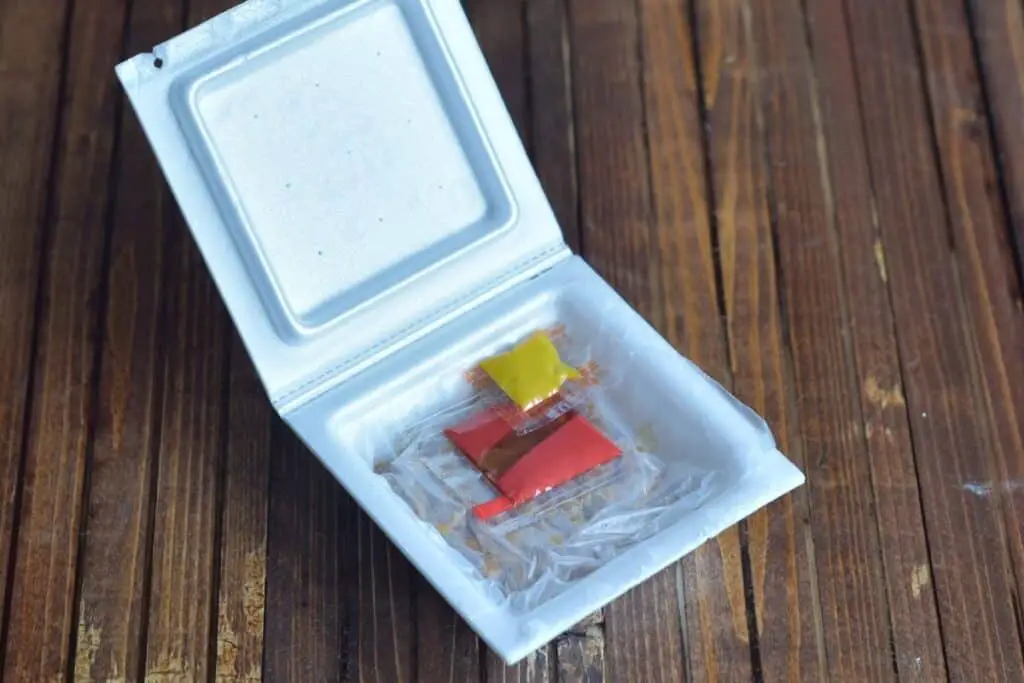
You can then add the flavorings of your choice, such as mustard. In general, when purchasing natto ready-to-eat from a store you will be given a small packet of mustard and sauce for the natto to enhance its flavor.
Depending on your flavor preferences you may want to add the sauce after mixing the natto. This will ensure better coverage and give the natto a less distinctive flavor.
Because natto is so sticky the best way to mix it is by placing your chopsticks in the center and then gently starting to swirl them around, loosening the beans from one another as you do so. Gradually be more forceful with your mixing technique and you will notice that the natto starts to soften.
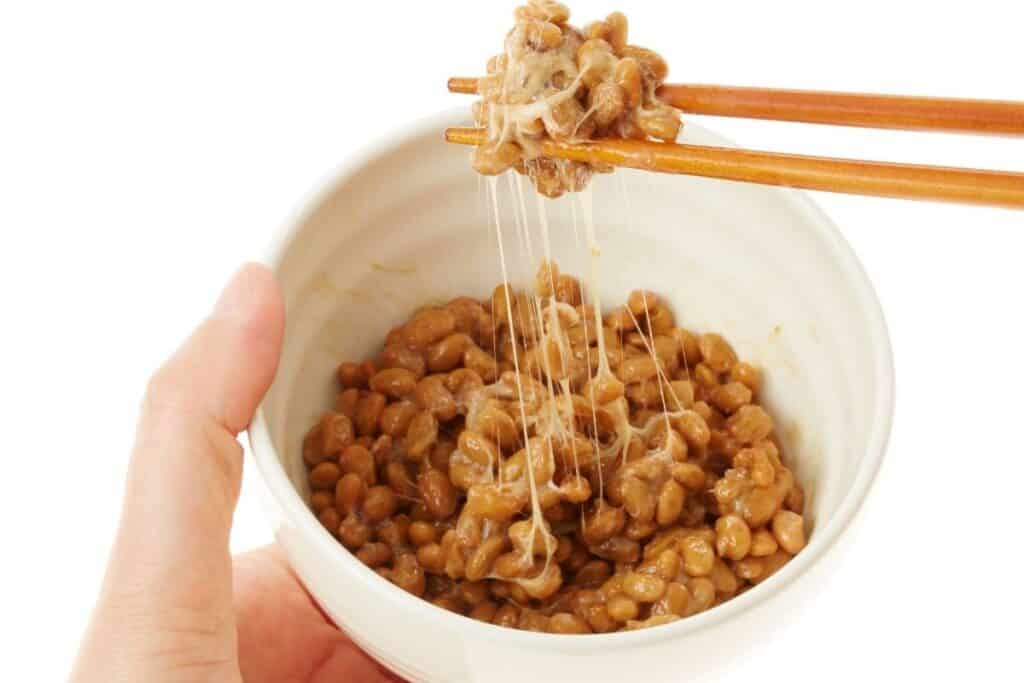
You will notice that the color begins to change the more you mix. The natto will begin to turn white. This is perfectly normal.
Once the natto is soft enough and you can separate the beans from each other it is time to enjoy.
If you prefer you can also add natto to other ingredients to make it a complete meal. There are many popular additions in Japan such as raw egg, kimchi, ginger, radish, and even seaweed.
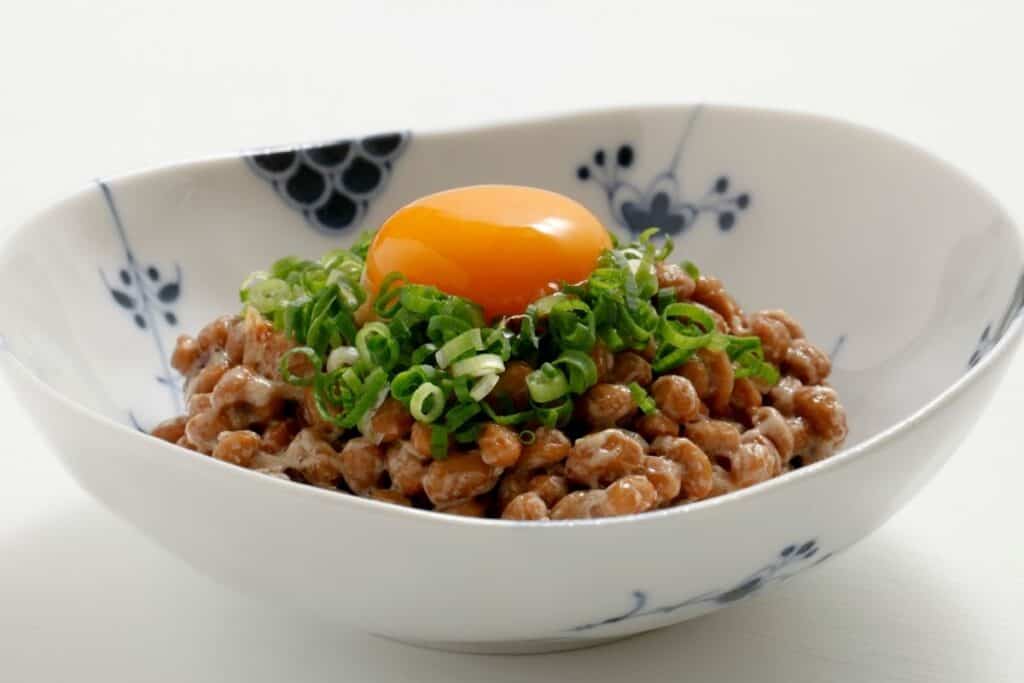
To make the meal more hearty you could add things such as tofu (this dish is called hiyayakko) or even okra.
What are the health benefits of natto?
Even if you are not a fan of the strong-smelling and tasting natto, you may want to consider adding it to your diet for all of its amazing health benefits. Many people in Japan believe that natto is the key to a long and healthy life, meaning that they regularly eat it for breakfast.
In fact, in Japan people believe that regularly consuming natto reduces bone loss and helps improve the function of your liver – helping you in old age.
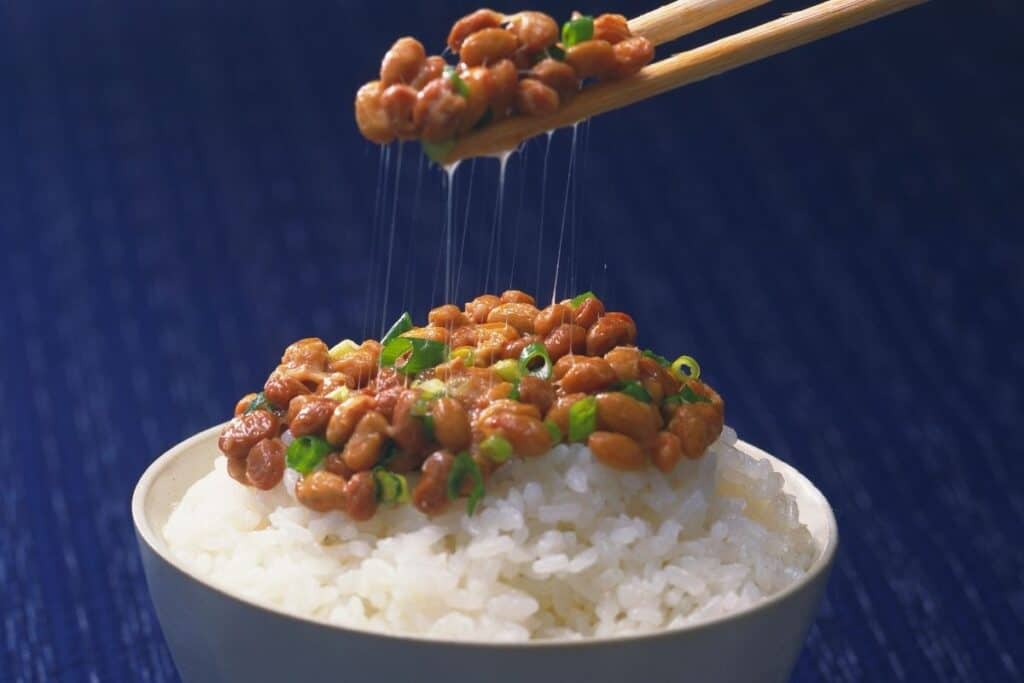
Because natto is made from soybeans it contains a lot of good nutrients. It has a very high level of protein, which can help to keep your skin, hair, and nails healthy and it also gives you the energy to go about your day.
In addition to being healthy itself, natto actually helps your body to absorb nutrients from other foods and helps you to digest them.
The snack is low in calories, making it a great option for those on a diet, and it also is a very good source of probiotics.
For women, in particular, natto is a great choice of snack because it has high levels of vitamins K1 and K2, which can help to reduce blood clots. So, overall natto is a wonderfully healthy snack choice.
What does natto taste like?
As you may have guessed from the fact that natto is a fermented food, it has a very strong and pungent smell, which is often enough to put people off. However, the taste of natto, although certainly an acquired taste, can be very pleasant.
In fact, some people liken the taste of natto to moldy cheese or even beer. However, not only will you need to overcome your aversion to the smell and taste but also the texture.
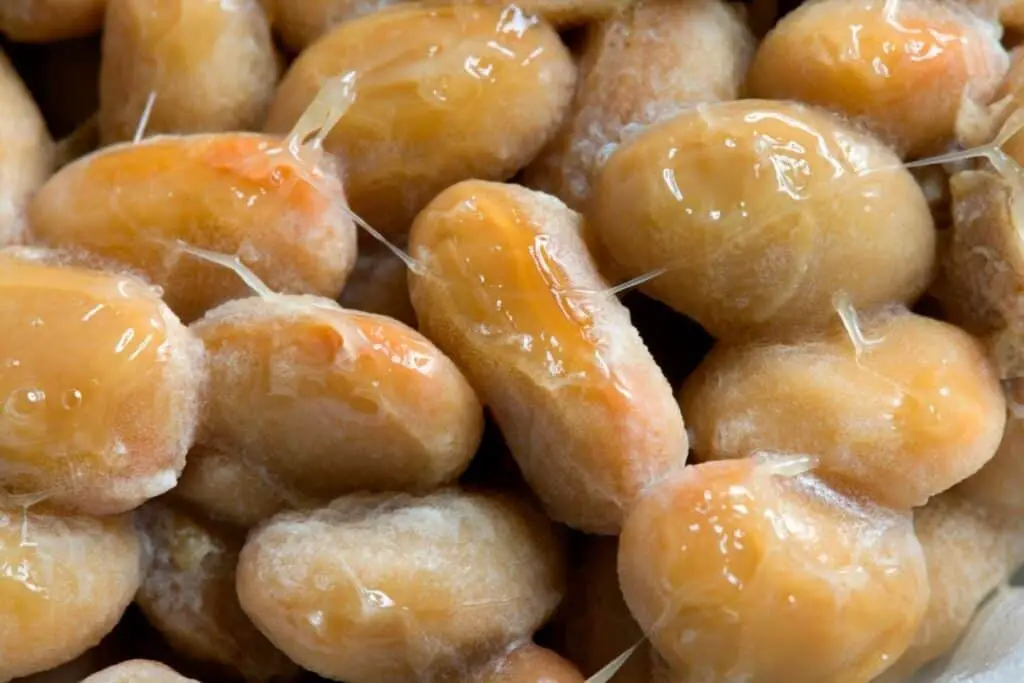
Natto is very sticky and is sometimes difficult to swallow as a result. If you are unsure about whether or not you will like natto try trying it with boiled rice, a little bit of soy sauce, and green onions. This will help to balance out the strong fermented flavor.
If you are not too put off, or simply want to enjoy the health benefits of natto, then you can slowly start trying natto mixed with other flavors to enhance or hide the flavor of the natto as much as you like.
Over time you may even start to get used to the strong smell and taste and end up eating the natto with just a few minor additions.










